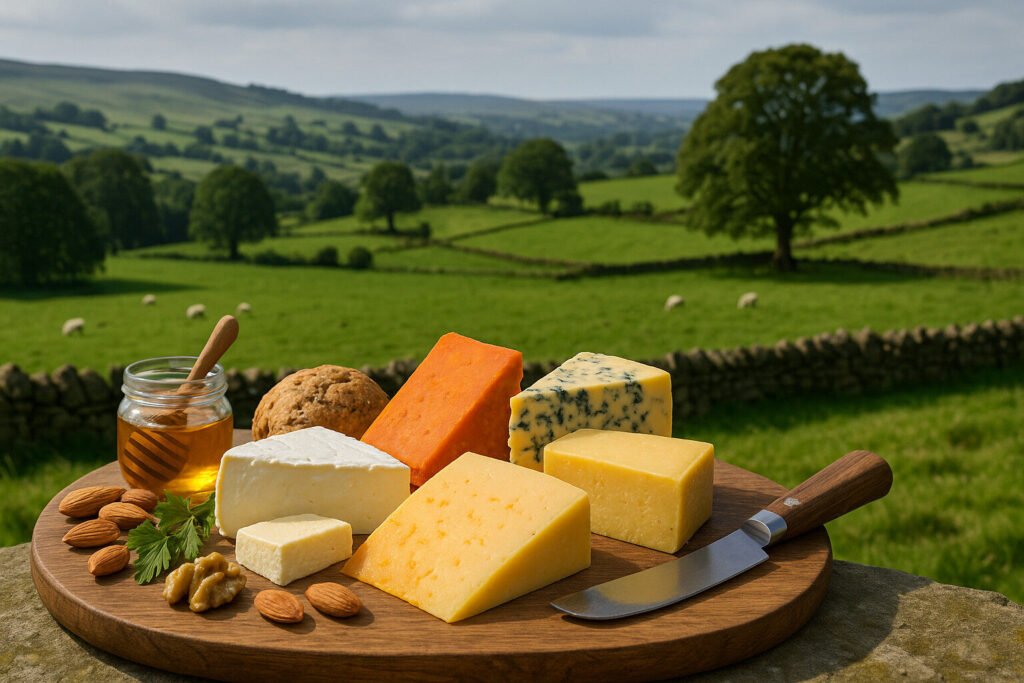Cheese Of Scotland
Definition and Scope
Scottish cheese refers to dairy products manufactured within Scotland’s geographical boundaries. These cheeses utilize milk from local cattle, sheep, or goats, reflecting the nation’s pastoral traditions. The category encompasses a wide range of styles, from fresh, soft varieties to hard, aged farmhouse cheeses.
This classification is primarily geographical, not stylistic, meaning it includes diverse textures and flavors. The scope covers both traditional handmade cheeses and modern creamery productions. All share a connection to Scotland’s terroir and cheesemaking heritage.
Production Techniques
Traditional Scottish cheesemaking often involves raw milk and animal rennet, following time-honored recipes. Many producers still use open vats for curd formation and hand-ladling techniques. This manual approach is believed to preserve delicate curd structure and develop complex flavors during aging.
Modern facilities implement controlled temperature and humidity systems for consistency. However, artisanal methods like cloth-binding and cave aging remain prevalent for premium varieties. The production process typically emphasizes minimal intervention to highlight the quality of Scottish milk.
Sensory Profile
Scottish cheeses frequently exhibit robust, earthy flavors with pronounced minerality. These characteristics derive from the native pastures and coastal grazing lands. Many aged varieties develop crystalline textures and nutty, savory notes through prolonged maturation.
The flavor spectrum ranges from mild, buttery young cheeses to pungent, blue-veined specimens. Textural diversity includes crumbly, semi-soft, and hard consistencies depending on moisture content and aging duration. Regional variations create distinct sensory signatures across different production areas.
Culinary Applications
Scottish cheeses serve both as table cheeses and cooking ingredients. Firm varieties like cheddar-style cheeses are ideal for grating over traditional dishes. Softer cheeses often feature in sandwiches or as dessert course accompaniments.
Many Scottish cheeses pair exceptionally well with oatcakes, fruits, and local whiskies. Their melting properties make them suitable for sauces, fondues, and baked dishes. Artisanal varieties are typically enjoyed at room temperature to maximize flavor release.
Regional Examples
Orkney Scottish Island Cheddar represents the northern island style with its firm texture and tangy finish. Caboc, Scotland’s oldest recorded cheese, is a double-cream roll coated in pinhead oatmeal. These examples demonstrate the historical depth of Scottish cheesemaking traditions.
Lanark Blue offers a Scottish interpretation of Roquefort-style sheep’s milk cheese. From the Isle of Mull, a distinctive cheddar emerges with unique flavor from the distillery-fed cows. These regional specialties highlight how local ingredients and methods create distinctive cheese profiles.

